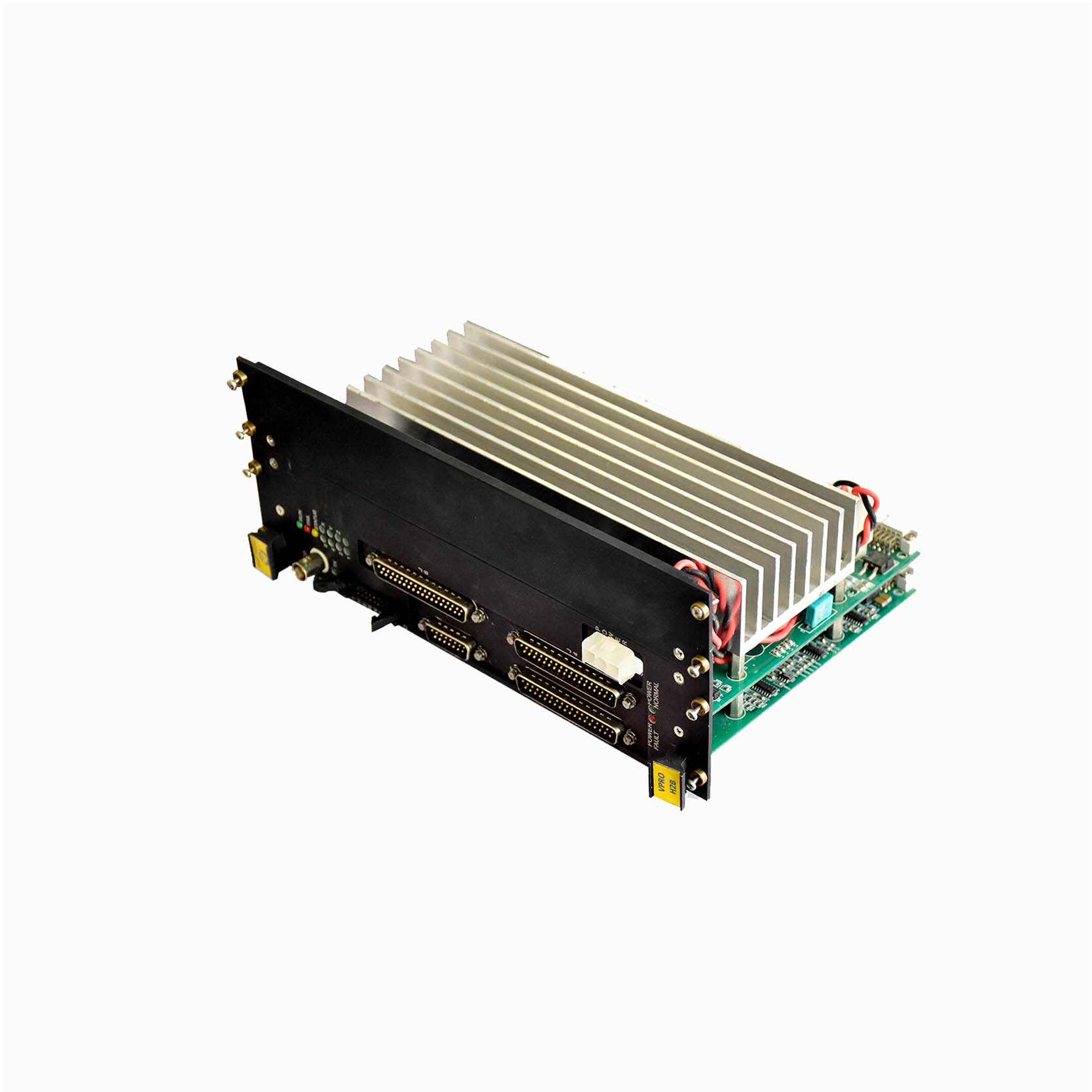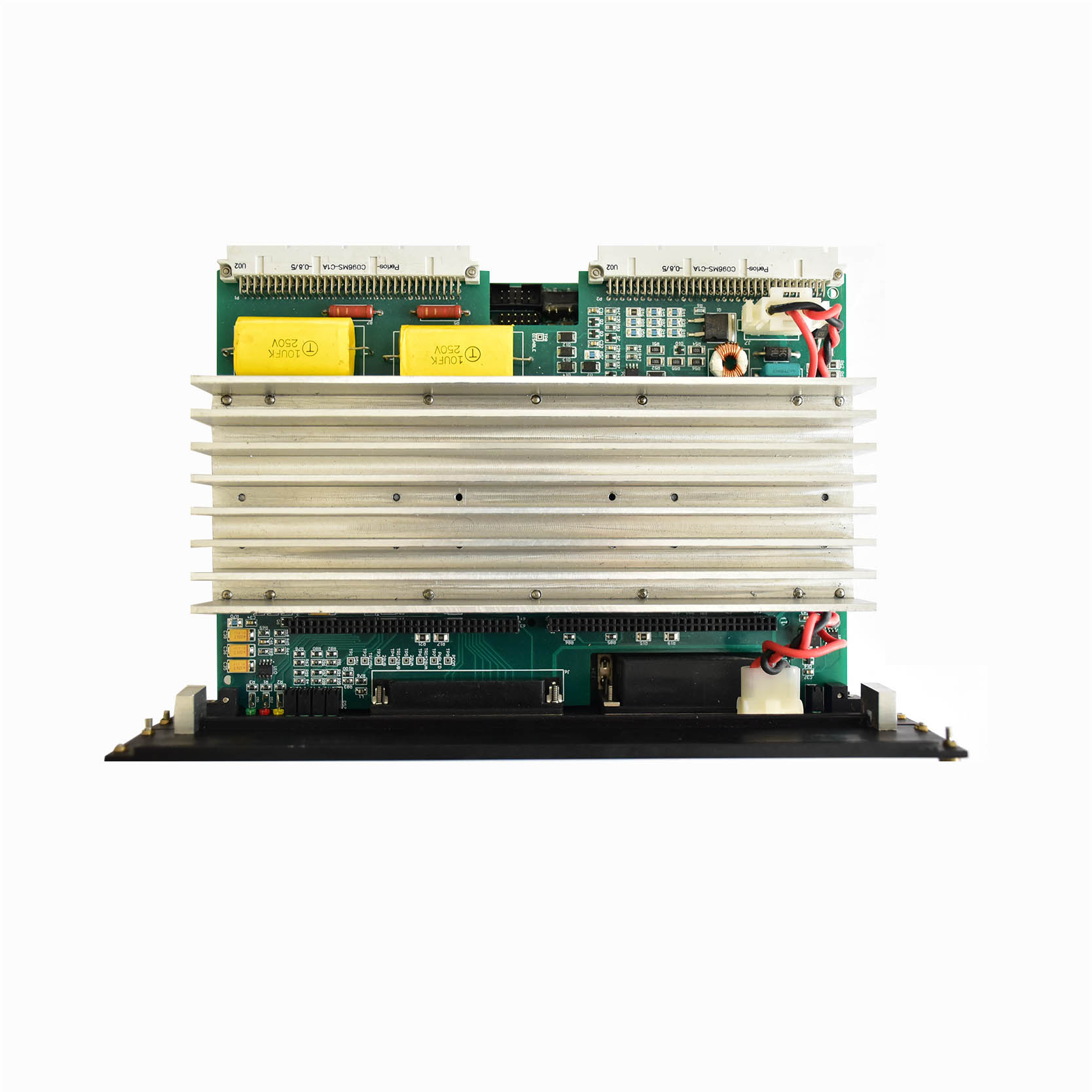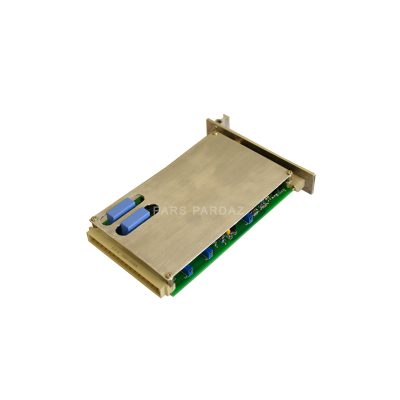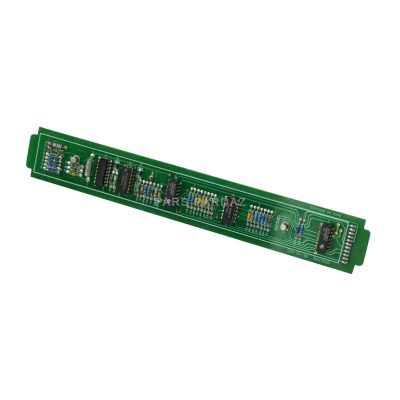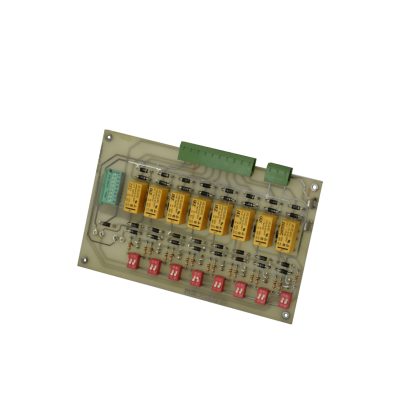The Turbine Protection Module (VPRO) and associated terminal boards (TPRO and TREG) provide an independent emergency overspeed protection for turbines that do not have a mechanical overspeed bolt. The protection module is separate from the turbine control and consists of triple redundant VPRO boards, each with their own on-board power supply, as shown in Figure 2-8. VPRO controls the trip solenoids through relay voting circuits on the TREG, TREL, and TRES boards.
The TPRO terminal board provides independent speed pickups to each VPRO, which processes them at high speed. This high speed reduces the maximum time delay to calculate a trip and signal the ETR relay driver to 20 ms. In addition to calculating speed, VPRO calculates acceleration which is another input to the overspeed logic.
TPRO fans out generator and line voltage inputs to each VPRO where an independent generator synchronization check is made. Until VPRO closes the K25A permissive relay, generator synchronization cannot occur. For gas turbine applications, inputs from temperature sensors are brought into the module for exhaust overtemperature protection.
The VPRO boards do not communicate over the VME backplane. Failures on TREG are detected by VPRO and fed back to the control system over IONet. Each VPRO has an IONet communication port equivalent to that of the VCMI.

